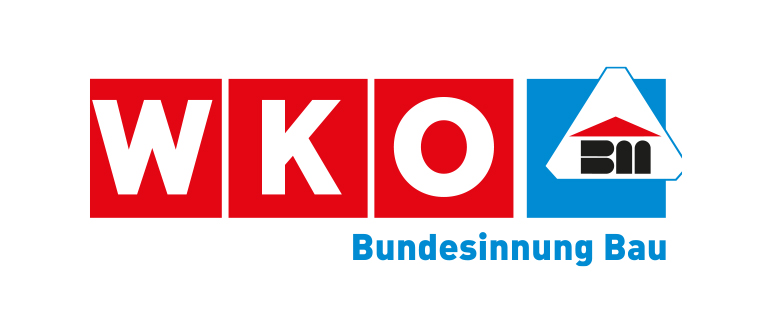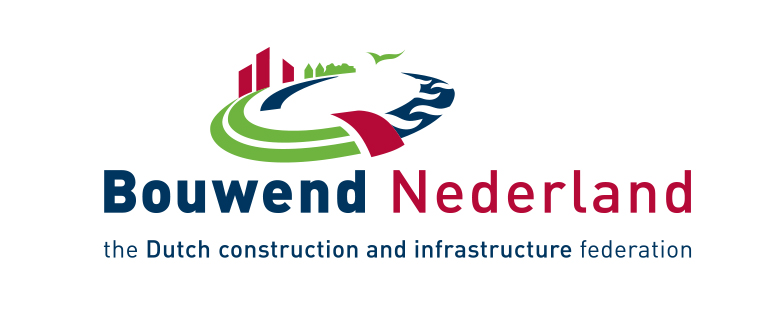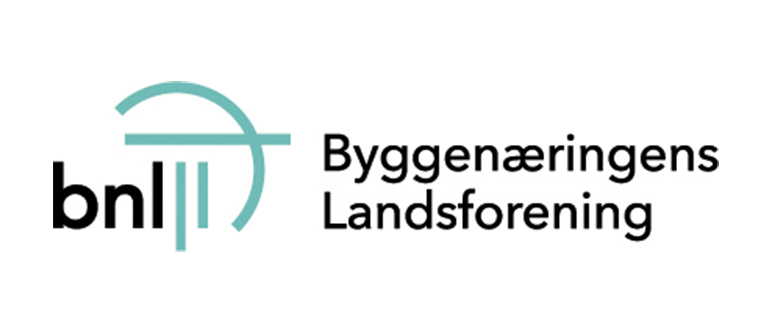Overall construction activity
The impact of the pandemic on the Spanish economy has been the most intense in Europe, a circumstance attributable to the important weight of tourism, leisure and restaurant sectors in the Spanish economy. Based on a provisional estimate, it can be said that the decrease has been close to 11%, after a tepid recovery in the last quarter of the year. On the demand side, there has been a sharp decline in private consumption, which has been partially offset by the increase in public consumption. With regard to investment, there has also been a sharp decline, determined by the cutback in investment in construction, especially in housing. Non-residential building also recorded a substantial fall, of a similar intensity to that observed in capital goods. As for the foreign sector, a negative contribution to aggregate growth of close to 2 points is noticed, due to the intense decline in exports.
577,000 people lost their jobs in 2020, which meant a decrease in employment of 3%. This would have been even greater if employment support measures, such as the temporary layoff schemes, had not been implemented. In the construction sector 34,000 people lost their jobs. The building segment was the most impacted, while the impact was less severe in civil engineering.
Consensus among private analysts foresees a partial recovery of the economy in 2021 with growth to be set at a rate above 6%. This projection includes a partial recovery of private consumption and investment, especially in construction, spurred by European funds.
Taking into account SEOPAN’s estimates, in 2020, the construction sector reached a production volume of €105.8 billion, 15.3% lower than in the previous year. In terms of added value, its share represents 5.6% of the GDP, around the European average of 5.5%.
Forecasts for 2021 suggest a partial recovery in the activity with housebuilding playing a greater role and, to a lesser extent, non-residential building. With regard to the evolution of civil engineering, after the regression of the previous year as a result of the pandemic, a very partial recovery is expected, driven by demand from regional administrations and, to a lesser extent, from the central administration. Forecasts suggest that the European funds finally allocated to the sector will have a greater impact at the end of 2021.
Housebuilding
After an intense crisis in the sector, 2015 marked the start of a substantial recovery, bringing the number of licences to almost 80,000 in 2019, compared to the lowest level of 35,000 in 2014. In 2020, there was a decline bringing the number of licenses to 60,000. This trend means that the share of residential investment in relation to GDP now stands at 5.4% - slightly below the European average.
With regard to the real estate market, there was a significant drop in sales in the first part of the year coinciding with the period of the harshest restrictions on mobility, although a recovery was noticed in the second semester. Thus, the year ended with a drop in sales by 17%, which was less acute in new housing (-11%). A surprising factor has been the resilience of the price level, with a slight increase in the regions and segments with a more dynamic demand.
Activity in 2020 decreased by 16%. The outlook for 2021 foresees a partial recovery with the main driver coming from demand for new homes. Forecasts for the medium term anticipate that the residential market still has significant potential for demand, especially with regard to the trend observed in foreign demand. On the other hand, in relation to homes as an investment asset, indications seem to suggest a possible change in demand expectations in view of possible regulatory changes in the rental market and the impact of job destruction.
With regard to the refurbishment and maintenance segment, it is worth noting a surprising strength, stimulated by the change in habits brought about by the pandemic. This is expected to continue in the coming years. In addition, it is foreseen that a significant part of the European recovery funds will be channelled towards energy-efficient refurbishment of the building stock.
GDP 2020
BILLION
POPULATION 2020
Total investment in construction in 2020
BILLION
Non-residential construction
Its recovery is also expected to be partial, based on the gradual recovery of business activity, especially in industry, transport and commercial services and offices. The poor outlook for leisure and tourism will not necessarily influence normalisation in the other segments. Public activity will also recover, albeit to a lesser extent.
Civil engineering
Forecasts for the civil engineering segment, after the intense cutback this past year, predict a substantial recovery in activity, supported by the activity of regional administrations. In this case, the impact of European funds will also be important, although their full implementation could be delayed until next year.
| Per cent variation of investment in real terms on previous year | |||||||
| investment Mln. € fixed prices | |||||||
| Sectors | 2020a | 2017 | 2018 | 2019 | 2020a | 2021b | |
| 1. | Building | 90,718 | 5.9 | 7.1 | 2.2 | -15.4 | 7.6 |
| 1.1. Housebuilding | 59,423 | 7.2 | 8.3 | 2.3 | -16.1 | 9.0 | |
| 1.1.1. New | 36,327 | 6.9 | 9.0 | 2.3 | -17.4 | 8.0 | |
| 1.1.2. Renovation | 23,096 | 7.7 | 7.2 | 2.5 | -14.1 | 10.4 | |
| 1.2. Non residential (c) | 31,295 | 3.7 | 4.8 | 1.8 | -14.0 | 4.9 | |
| 1.2.1. Private | 27,133 | 5.9 | 5.5 | 2.1 | -14.2 | 5.1 | |
| 1.2.2. Public | 4,162 | -8.0 | 0.6 | 0.3 | -12.7 | 4.0 | |
| 2. | Civil Engineering | 19,672 | -0.9 | 1.7 | 1.6 | -14.8 | 4.5 |
| (1 + 2) | Total Construction | 110,390 | 4.6 | 6.1 | 2.1 | -15.3 | 7.0 |
| a: estimate - b: forecast - c: incl. R&M | |||||||
| Number of building permits in residential construction | |||||||
| 2017 | 2018 | 2019 | 2020a | 2021b | |||
| single dwelling | 21,909 | 23,432 | 19,875 | 14,509 | 18,571 | ||
| collective dwelling | 41,147 | 58,474 | 59,649 | 45,333 | 54,853 | ||
| other types of dwelling | 7 | 20 | 54 | 100 | 25 | ||
| Total | 63,063 | 81,926 | 79,578 | 59,942 | 73,449 | ||
| (Collective dwellings and other types of buildings: in number of flats) | |||||||



































